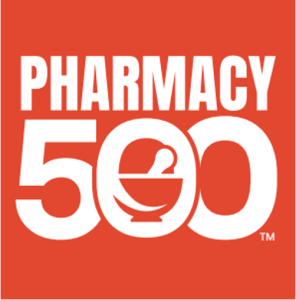Introduction
Medication adherence is one of the most difficult yet crucial parts of adequate patient care in the pharmaceutical industry. Patients are required to take their medication to notice a difference in their health but this can be a challenging hurdle for many.
With new technology always coming out, medication adherence strategies are constantly evolving and it is important healthcare professionals stay up to date. Boosting medical adherence in the pharmacy should be prioritized by professionals since 50% of patients do not take their medication as prescribed.1
In this article, we will take a close look at medication adherence in the pharmacy industry. We will start by covering what medication adherence is and why it’s important then move to learning how to improve compliance. Read on to learn more.

What is Medication Adherence
Medication adherence is defined by the World Health Organization (WHO) as “the degree to which the person’s behavior corresponds with the agreed recommendations from a health care provider.” For example, if a patient is supposed to take one pill twice a day, adherence would be how much they take one pill twice a day, the recommended schedule from their provider.2
There are three elements of adherence; initiation, implementation, and discontinuation. Initiation occurs when the patient takes their first dose of a prescribed medication. The process continues with the implementation of the prescribed dosing regimen and can be defined as the extent to which a patient’s actual dosing corresponds to the prescribed dosing. This lasts from initiation until the last dose of the medication is taken. Discontinuation is the end of therapy, when the last dose is taken and no more is taken thereafter.3
There are also three main types of non-adherence; primary, non-persistence, and non-conforming. Primary non-adherence refers to a patient not even picking up or initiating a medication a prescriber has written for them. Non-persistence is when patients decide themselves to stop taking a medication after starting it without being told to by their provider. This can be intentional or unintentional. For example, it is intentional if a patient is experiencing unwanted side effects and stops the medication but unintentional if there is a miscommunication of plans between a provider and patient. Lastly, non-conforming refers to the medication not being taken as prescribed in a variety of ways. This can be skipping doses, taking the medication at an incorrect time, or taking incorrect doses.
Making a mistake in any of the three elements of adherence will result in non-adherence to a medication whether it is intentional or unintentional. The rate of adherence is reported as the percent of the prescribed doses of medication taken by the patient over a specified period. Non-adherence varies widely for everyone and can be as low as 10% up to 92%.2
The Importance of Medication Adherence
Medication non-adherence has consequences for patients and providers. This includes waste of medication, disease progression, reduced functional abilities, lower quality of life, increased use of medical resources like nursing homes, increased hospital admission rates, public health concerns, severe relapses, and high risk for antibiotic resistance.
Patients who have poor adherence can result in serious health consequences which is the number one concern for patient care when it comes down to taking your medication. Hospitalization risk is more than double in patients with diabetes, hypercholesterolemia, hypertension, and congestive heart failure who are non-adherent to their regimen.2
Not only does medication adherence weigh on patients and providers but it is also costly to our health system. Morbidity and mortality associated with poor medication adherence costs $528.4 billion per year. Spending just a few extra minutes with patients can help avoid billions of dollars spent in our healthcare system and economy as a whole.
By making it easier for patients to follow their medication regimens and ensuring they are educated on their prescriptions, we can help keep people healthier while also reducing the unnecessary pressure on the economy.4
How to Improve Medication Adherence
Non-adherence is very common in all patients taking medication. Adherence levels are based on a variety of different aspects including patient views and attitudes, illness characteristics, social context, access, and service. Barriers to taking medicine effectively are poor communication with one’s provider, not enough knowledge about a drug, thinking you do not need treatment, the fear of medication and its adverse effects, long-term regimens, complex regimens, and access barriers.

Another recent major reason for non-adherence is patient-provider inconsistency and decreased patient satisfaction. Many patients cannot correctly report what their providers are expecting from them just 10 minutes after leaving their appointments which leads to confusion and non-adherence unintentionally. The need for providers is increasing, especially after the COVID pandemic, so there is less of a patient-provider credible relationship and more of a rush to get patients in and out. If patients do not trust their providers or understand what they are saying, adherence is deceased, and poor medication management results.2
Methods to improve medication adherence include educating and nurturing your patients, teaming up with the prescriber, learning about and using available technologies, helping patients customize and synchronize their medication regimen, and scheduling appropriate medication therapy management (MTM) follow-up appointments.
The most important part of improving medication adherence is educating and communicating with your patients. Explaining key information (what drug, why they are taking it, when they take it, how they take it, and the length of time they will be taking it) when prescribing and dispensing will help the patient know what to expect. Knowing side effects before will prevent patients from stopping the medication if they are experiencing a common side effect without knowing what is going on. Any gaps should be filled in and any questions should be answered so the patient leaves feeling confident and in control of their regimen.
Learning and using available technologies regarding medication adherence is important in the pharmacy. Systems are in place to monitor and track patient adherence, proactively communicate and document interactions, and overall save pharmacies a lot of time and costs while improving patient outcomes. A lot of practices have reporting tools with real-time access to view patient profile trends over time. This allows pharmacists to see if they are taking 30 pills in 30 days for example, or if they tend to take too many or too little. Implementing these tools allows pharmacies to effectively target patients that need the most care, which can then turn into a quick conversation about adherence and understanding their regimen.
Using and understanding the different medication adherence-improving aids is also very helpful, especially for the elderly population. This includes medication calendars, drug cards, medication charts, pill boxes, and other special containers indicating when a dose should be taken. Customizing patients’ support tools will allow them to choose what will work best for them and promote the individualization and control patients have on their regimens.5
Conclusion
Patient medication adherence is a big problem globally that affects patient care. There are many reasons for non-adherence and this can be intentional or unintentional. Healthcare providers need to know how to boost and improve adherence so patients are receiving the best care possible.
Patient education is key to improving patient compliance and the use of different adherence aids, patient motivation, and support will help do so. Practical strategies should be found personally by prescribers and their practice but also used globally to help all aspects of healthcare. Increasing medication adherence will enhance therapeutic outcomes all over. Explore RXinsider’s Virtual Pharmacy Trade Show for helpful insights.6








